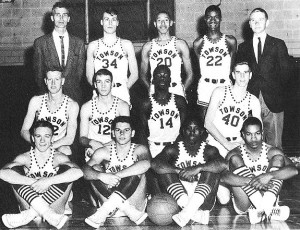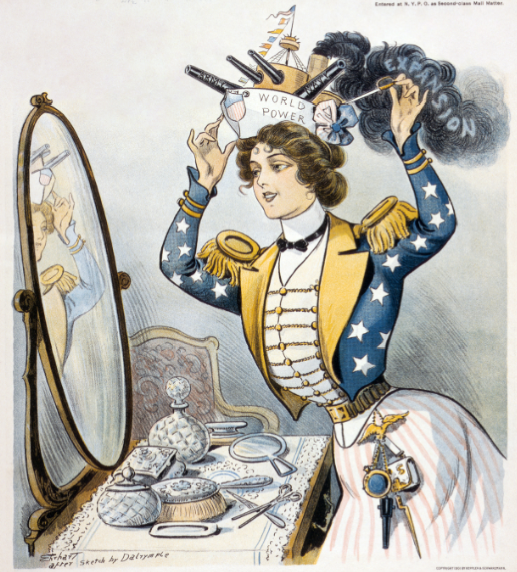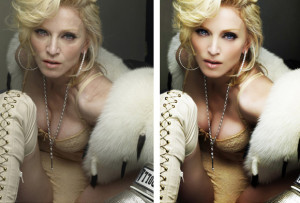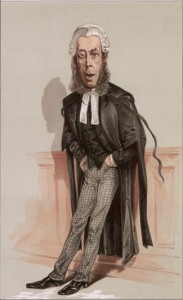The Seventh Circuit’s opinion in Hayden v. Greensburg Community School concluded it was unconstitutional for a school to require boys — and not girls — to have short hair to play on the basketball team.
 As reported, Greensburg Community School allows a coach to decide a team’s hair policy. In the case challenged here, a coach had an unwritten rule that a student on the boys basketball team must have hair “cut above the ears, eyebrows, and collar.” This was to “promote team unity” and “project a ‘clean cut’ image.”
As reported, Greensburg Community School allows a coach to decide a team’s hair policy. In the case challenged here, a coach had an unwritten rule that a student on the boys basketball team must have hair “cut above the ears, eyebrows, and collar.” This was to “promote team unity” and “project a ‘clean cut’ image.”
But one student cut his hair to play on the team and then “‘didn’t feel like himself’ with the short haircut,” so his parents challenged the policy in court. They argued that the short hair policy “arbitrarily intrudes upon their son’s liberty interest in choosing his own hair length, and thus violates his right to substantive due process, [and] because the policy applies only to boys and not girls wishing to play basketball, the policy constitutes sex discrimination” in violation of the Equal Protection Clause and federal law.
The court denied the due process claim, rejecting “the notion that one’s hair length is an aspect of personal liberty so important that it constitutes a fundamental right.” On the sex discrimination claim, however, the Court found the policy unconstitutional. As discussed in Dressing Constitutionally, courts tend to give a weighty deference schools’ pedagogical interests when it comes to student dress codes. Nevertheless, in this case the Seventh Circuit required that the school provide an “exceedingly persuasive” justification for the explicitly gendered policy. Unconvinced by the school’s reasoning, the Court ultimately declared the policy unconstitutional “because the hair-length policy on its face treats boys and girls differently, and because the record tells us nothing about any comparable grooming standards applied to girls playing basketball.” The Court implied that the school could still ban “an Age-of-Aquarius, Tiny-Tim, hair-crawling-past-the-shoulders sort of hair style” for boys if it so wanted — in the meantime, the school cannot force all boys to have a crew cut.
Concurring and dissenting in part, one judge of the three judge panel disagreed with the finding that the school had no comparable standards for girls. He argued that the school showed a general hair policy applying to both boys and girls, banning things like mohawks  and promoting professionalism — if the “policy applies to both men and women, the fact that it has different provisions based on different social norms or community standards for men and women (or based on different athletic traditions) is acceptable. Distinction is not discrimination.”
and promoting professionalism — if the “policy applies to both men and women, the fact that it has different provisions based on different social norms or community standards for men and women (or based on different athletic traditions) is acceptable. Distinction is not discrimination.”
Indeed, both the majority and dissent suggest that a change in social norms of boy’s hair is determinative of whether the policy is valid, making a policy that might have been perfectly constitutional just ten years ago now unconstitutional solely because of a shift in cultural perceptions of acceptable gender presentation.
As discussed in Dressing Constitutionally, in earlier decades, the United States Supreme Court refused to grant certiorari in at least nine male hair length cases involving students, often over a dissent by the cantankerous and controversial Justice Douglas if the Circuit Court had found the school policy constitutional. It seems hair length for boys remains a constitutional issue.
[image via 1 & 2]









